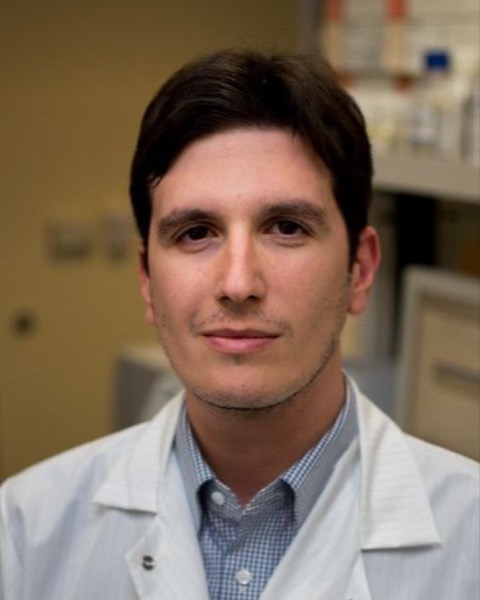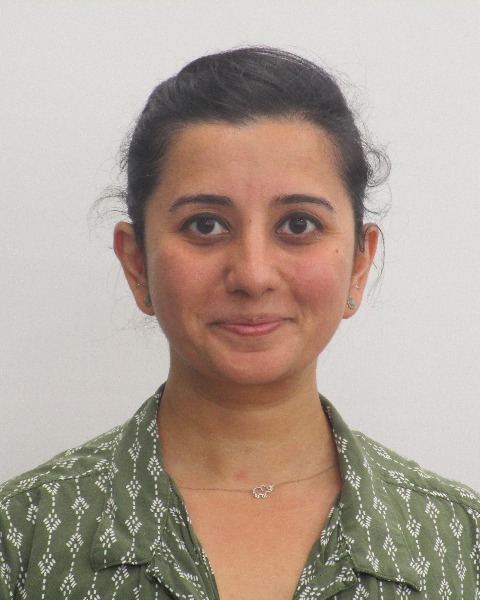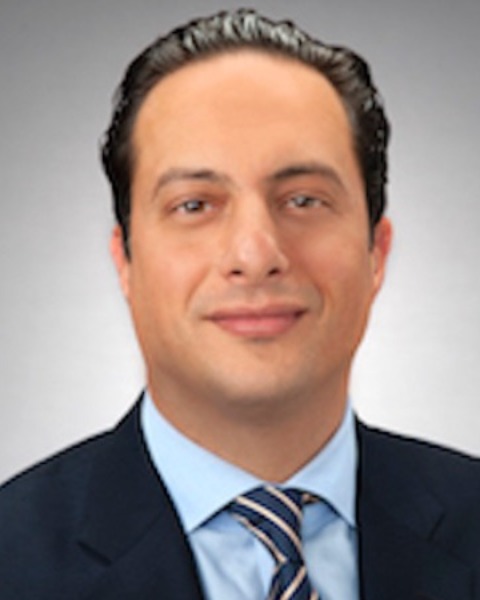Hepato-pancreato-biliary
E283: Temporal Trends in the Surgical Treatment of Pancreatic Ductal Adenocarcinoma in the US

Eleftherios A. Makris, MD PhD
Surgical Oncology Fellow
University of Pittsburgh Medical Center, Pennsylvania, United States
Eleftherios A. Makris, MD PhD
Surgical Oncology Fellow
University of Pittsburgh Medical Center, Pennsylvania, United States
Asmita Chopra, MD (she/her/hers)
Research Resident
University of Pittsburgh Medical Center
Holland, Pennsylvania, United States- RE
Rudy El Asmar, MD PhD
Research Fellow
University of Pittsburgh Medical Center, United States - AS
Aatur Singhi, MD, PhD
Associate Professor of Anatomic Pathology
University of Pittsburgh Medical Center
Pittsburgh, Pennsylvania, United States - GN
Geoffrey Nunns, MD
Faculty
UPMC, United States - SA
Samer AlMasri, MD
Assistant Professor of Surgery
University of Pittsburgh Medical Center, United States - KL
Kenneth Lee, MD
Professor of Surgery
University of Pittsburgh Medical Center, United States - AP
Alessandro Paniccia, MD
Assistant Professor of Surgery
Department of Surgery, University of Pittsburgh Medical Center, United States 
Amer H. Zureikat, MD
Professor and Chief
Division of Surgical Oncology, University of Pittsburgh Medical Center
Pittsburgh, Pennsylvania, United States- GD
Genia Dubrovsky, MD
Assistant Professor of Surgery
University of Pittsburgh Medical Center, United States - GD
Genia Dubrovsky, MD
Assistant Professor of Surgery
University of Pittsburgh Medical Center, United States
ePoster Abstract Author(s)
Author(s)
Submitter(s)
Author(s)
Although overall mortality from pancreatic ductal adenocarcinoma (PDAC) remains unacceptably high, significant improvements have been made in surgical and systemic therapeutic treatments over the last two decades. The purpose of this study was to use the National Cancer Database (NCDB) to identify changes over the last 15 years in patient selection, the use of perioperative therapy, and oncologic outcomes for patients undergoing surgery for PDAC.
Methods:
Patients with non-metastatic PDAC who underwent a curative-intent pancreatic resection were identified in the pancreatic NCDB from 2005-2018. Patients with incomplete data on pathologic T and N stage were excluded. Patients were sorted by date of diagnosis into 3 groups (2005-2009, 2010-2014, and 2015-2018). These groups were compared according to demographics, clinical stage, treatments received, and outcomes using the one-way ANOVA and chi-squared tests. Kaplan-Meier curves were used for survival analysis.
Results:
A total of 60,326 patients with non-metastatic PDAC that underwent a pancreatectomy were identified. While the overall rate of surgery only changed from 37% to 39% over the study period, patients with T4 tumors saw the largest increase in surgical resection (9.2% vs 4.7%, p < 0.001). Nonetheless, the majority of patients undergoing surgery had T2/T3 tumors throughout the study period. Patient comorbidities increased over time. Neoadjuvant chemotherapy use increased over time for T1 and T4 tumors, and across age groups (p < 0.001). Patients >75 years old in particular were more likely to receive NAC in 2015-2018 (63.5% vs 42.4%, p < 0.001). Multi-agent chemotherapy use became the standard, and over the same time period there was a significant increase in the pre-operative down-staging of tumors (15.5% vs 8.0%, p < 0.001). Pre-operative radiation therapy use also increased, although it remained uncommon except in T4 tumors. Margin negativity, lymph node yield, post-op length of stay, and 30- and 90-day mortality all improved (Table 1). Median OS improved from 20.1 to 27.7 months (p < 0.001).
Conclusions:
The last 15 years have seen an increase in the use of neoadjuvant chemotherapy and pre-operative radiation therapy, and this paralleled an increase in tumor down-staging and more resections in locally advanced tumors. Meanwhile surgical and oncologic outcomes have improved for patients across all stages, although even early stage PDAC has a limited median OS of less than 5 years.
Learning Objectives:
- Describe the change in surgical resection rates for patients with T4 PDAC tumors over the last 15 years.
- Describe the change in the use of neoadjuvant chemotherapy for patients with PDAC over the last 15 years.
- Describe the change in overall survival for patients with PDAC undergoing surgery over the last 15 years.
